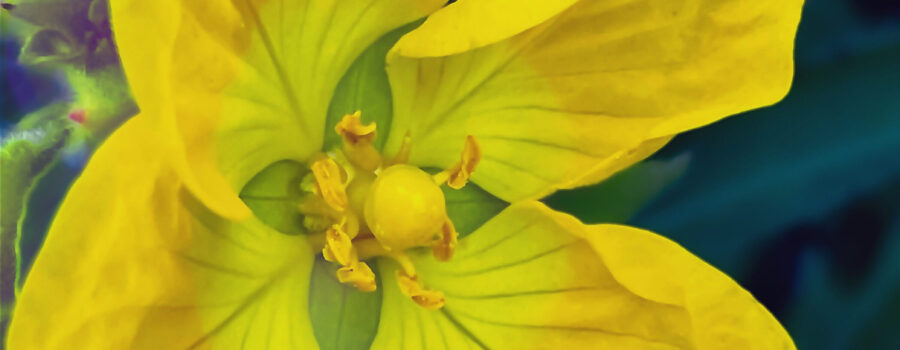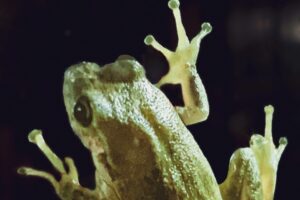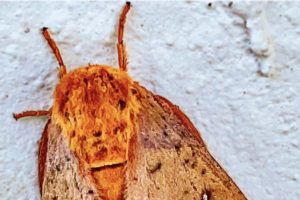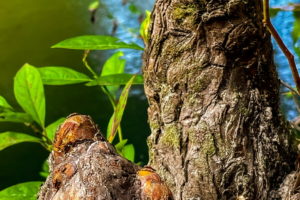Peruvian Primrose-Willow has Large, Beautiful Flowers

One one of my recent hikes in the Gothe State Forest I discovered a really cool, boggy area that is home to some different flowers from what I’m used to seeing. Most of the Gothe State Forest near my home is sandhills and is pretty dry, so it was fun to find something different and still within easy walking distance from my house. One of the many different plants that I encountered out in that marsh were these beautiful Peruvian primrose-willows (Ludwigia peruviana). They are also sometimes called Peruvian water primrose, Peruvian seed box, primrose willow, or water primrose. The flowers are pretty simple with only four petals, but they’re good sized and bright yellow, making them quite striking.

I wasn’t familiar with this flower, but between the size of the flowers and the size of some of the plants, which were 10-12 feet tall, I was impressed. They grew in several bunches near the water and all the plants were covered in blossoms. Needless to say, I wanted some photos and a chance to learn more. When the plant was identified, I was unhappy to find out that it’s a highly invasive species. As you might guess from the name, it’s native to South America, but it has become a common weed in many tropical and subtropical areas of the world. No one knows for sure how it came to Florida, but most experts think it was likely introduced as an ornamental flower. Unfortunately, it produces thousands of seeds each year and up to 99% of them can be viable. It can also reproduce by rooting from pieces of root or stem, and even by rhizome spreading.

Being so prolific, it’s not surprising to find Peruvian primrose-willow growing in clusters, and some of these clusters can become very large and extend into the water. When this happens it can clog the water flow, decrease the amount of oxygen in the water, and even block the sunlight from getting through. Obviously, this is not good for either native flora or fauna. Luckily, it’s nowhere near this thick out in my little bog, and this plant does have its pluses, too. It is very much loved by many native pollinators including butterflies, beetles, wasps, true bugs, bees, flies, and even bats. The seeds also help to feed some of our over wintering birds. It’s also known to be useful medicinally as a laxative, a dewormer, a treatment for diarrhea, and an anti inflammatory.






Recent Comments